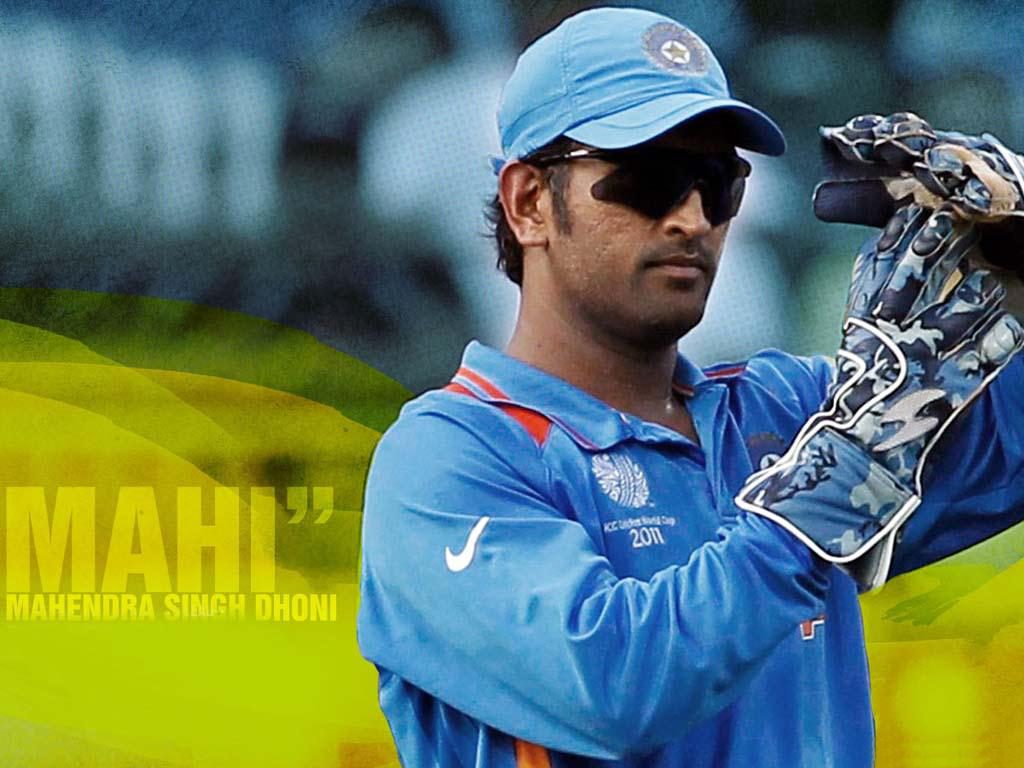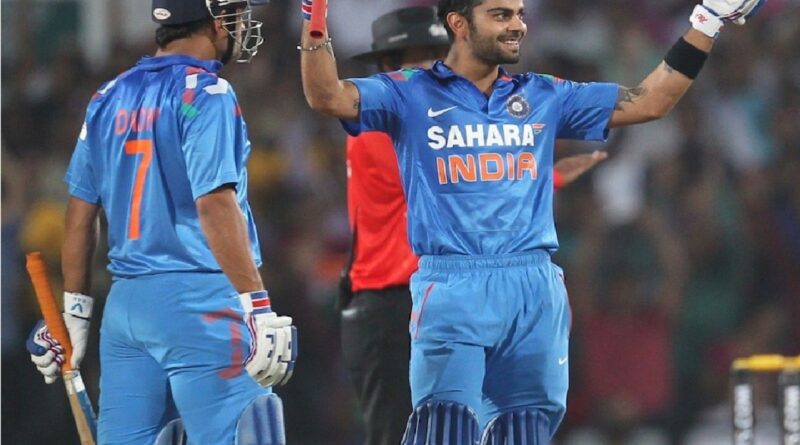What Does the DLS Method Define as Par Score in Cricket?

The English statisticians Frank Duckworth and Tony Lewis developed the Duckworth-Lewis technique, sometimes known as the D/L method, to determine target scores in cricket. It was incorporated in 1997 and changed its name to DLS Method in 2014 under the current custodian Steven Stern. The DLS technique considers the only two resources in a cricket match: the number of overs left and the number of wickets still in play.
The worth of these two resources is calculated as a percentage using developing mathematical data. However, it does take into account the ‘batting first’ team’s likely aggressive approach to their innings (before the match interruption) if there is a reduction in the number of overs at any point in the match. This system obviously cannot factor in the reputation/ability of the chasing team while calculating revised targets for them.
The DLS objective for the chasing side is determined using a formula for at least five overs in a T20 match and twenty overs in an ODI match.
What Does the DLS Method Define as Par Score in Cricket?
The equation is: Team 1’s score x (Team 2’s resources/Team 1’s resources) = Team 2’s par score.
The par score is the aim that the chasing side should have attained, if the game hadn’t been stopped for whatever reason, after falling behind by a particular number of wickets.
As a result, if play cannot continue after a set number of overs and the team has scored more than this par total, they are deemed to have won the match.
It should be noted that this DLS target changes after virtually every other delivery if the match continues halting while the pursuit is going on. For For instance, if a team loses one or two wickets while attempting to maintain the par score, the revised goal for the following over will rise since the number of “wickets left” (the recourse) has further decreased.
In order for a match to have a conclusion, the chase should have lasted at least five overs in a T20 match and twenty overs in an ODI match.



